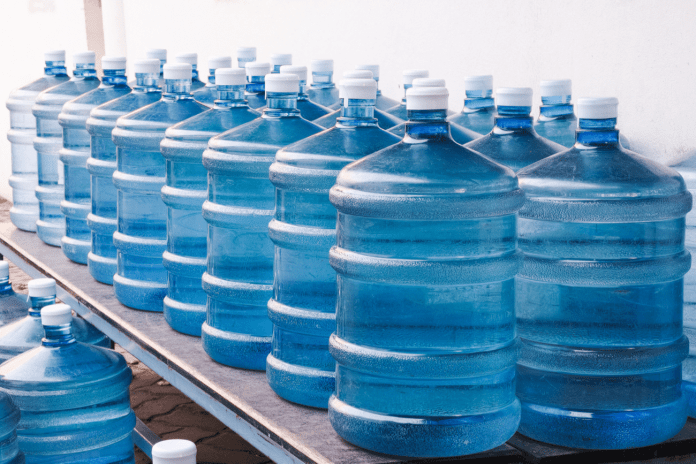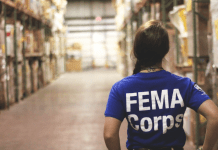Water will be at the top of your priority list in any emergency situation. Without water, the chances of survival are calculated in days – and not many of them. It’s crucial you have access to reliable clean, secure water supply. How much, then? At a minimum, for at least two weeks, a gallon a day for everyone in your group. This means 56 gallons of water for a family of four and this is a bare minimum. A gallon of water is not much because you need to use it for drinking, cooking, and washing.
Stashing a few extra Highland Spring bottles in the refrigerator obviously won’t meet your water needs for long, so you need to lay in a decent supply for real planning. Which means selecting the right containers, filling them with safe water and storing them in a cold, dark dry place. Do that properly and you’ll have a water buffer that will keep you in the game until you can find a safe source, whether it’s a well, a catchment system for rainwater or something else. Unfortunately, when it comes to storing water, there’s a lot of bad advice going around.
Here are some common myths, and the facts behind them:
Myth #1 – “I don’t need water storage because I have access to a well/pond/river”
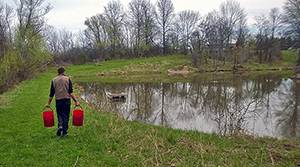

Some people believe they don’t need to keep an emergency stockpile, because there’s plenty of water nearby. Seeing the logic in this, is easy. After all, if you have a pond with a few thousand gallons of water in it on your property, what’s the point in stashing some barrels in the basement? If your regular supply of water comes from a well, you are independent of the grid anyway and need not take any extra precautions.
The logic is quite clear-but that’s wrong. You don’t know what constitutes an emergency. What if a nuclear power plant fails to contain and your pond gets coated lightly with radioactive dust? You won’t want to go outside until the level of radiation has dropped – which probably means a couple of weeks – and it will be contaminated even if you could get at your water supply. When filtering, radiation can be eliminated so you end up with a toxic filter. Your well? It may be polluted by an industrial incident by drilling, or even leached chemicals.
In a SHTF scenario, rivers and ponds will be a magnet for people less prepared. In the short term, you can not rely on them safely. To be secure, you need water source that you monitor access to, and where it was stored, you need to know it was secure.
Myth #2 – “A water tank or stash of barrels will leave me prepared for anything”
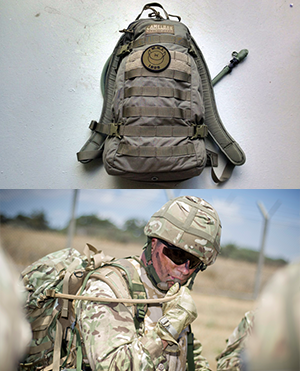

Storage tanks, barrels, or 5 gallon containers are all excellent ways for storing bulk water. When you want a few hundred gallons of clean water to hand, the way forward is huge tanks. Most preppers claim that this is what they need to keep them alive before they can put together a way to obtain clean water from a sustainable source.
Yet what if you need to move? You keep a bug-out bag with food, ammunition, and medical supplies in stock. Planning to take water, too? You need to, because when you’re on the move it’s just as necessary-but you can’t take a 55-gallon drum with you.
If you leave by vehicle, a few of five gallon containers will do well, but the worst case scenario is that you will have to bug it out on foot. If that happens, you’ll need containers of water which you can take with you. A camelbak or similar hydration device is a great idea, particularly if you go hot weather on foot. But it’s not enough, so bring even military water bottles – a few one-quarter canteens would be a handy extra backup.
Related: Learn How to Safely Bug Out from the City
Myth #3 – “Water will deteriorate in storage”
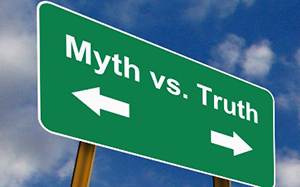

Having a decent supply of water that’s kept fresh is a smart idea. You may have one or two five-gallon jerrycans, for example, which are drained, rinsed and refilled each month. This gives you the supply of a few days which can be drunk straight out of the container. However, there is no need to think about the bulk room. Water does not deteriorate. It is H20 and that is it. You can store water for years, and it will always hydrate you just as well.
On the other hand, it may not be suitable to drink straight away after long-term storage. Microorganisms will grow in it, particularly if the containers were not sterile when you filled them. That doesn’t mean that you really need to throw it out. Compared to water from any other source, it can be made healthy by boiling, filtering or chemical purification. A chapter explaining the process of sterilizing containers and long-term storage of water can be found in The Lost Ways.
The benefit is that if you know it was healthy when you stored it, there’s no chance it’s polluted with chemicals, animal waste or some other hazard – you only need to destroy everything that’s grown in it.
Related: The Easiest And Cheapest Way To Filter Water With Shungite
Myth #4 – “Water needs to be treated before storage”
There is a common belief that before water is stored it must be treated. This is absolutely not true. Tap water is perfectly safe almost anywhere in the U.S. so when you fill the containers, there’s no point in doing anything. It has got at the water treatment plant after the filtering and purification, it is clean enough for storage.
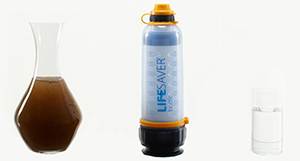

Bear in mind also that even if you purify the water before storing it, microorganisms can still grow in it over a long period of time. Chemical purifiers will last for a while, but they will eventually evaporate. If water has been stored for months or years, then you should treat it before using it, so why waste time and money before storing it? Either way, you’ll have to do it again later, so you could cut out the duplication as well as just do it when necessary.
If water is dirty or has a lot of growth in it, chemical purification is not really enough-you should also filter it. If you obtain a high efficiency filter chemicals will not even be necessary. Like a Lifesaver filter, microorganisms with more than 99.99 percent efficiency will be removed, as well as any dirt, debris and suspended pollution clear. But do that again before you use the water and not before you store it.
Myth #5 – “Water can be stored in any container”
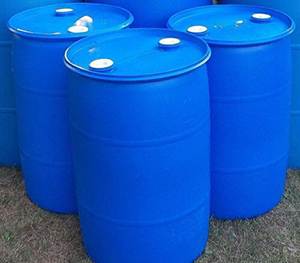

Any clean container can be used for short-term storage of the water in a real emergency situation. However, you need to be a little more selective for long-term storage. Most disposable plastic containers are not intended for long-term use, such as milk jugs. Many of them are now biodegradable so after a few months they will begin to break down.
As they do that, chemicals will dissolve into the water and while they probably won’t poison you, avoiding them makes sense. Those containers will inevitably start leaking, and you will lose your water. Disposable bottles of water or soda are also a bad idea. They are clear, and let light through; light stimulates the growth of microorganisms.
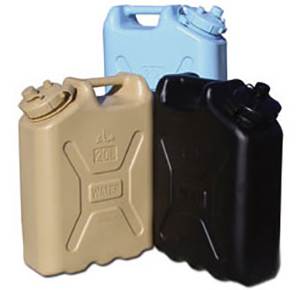

Plastic barrels made from food grade polyethylene are perfect storage containers. For water barrels, the normal color is blue; this blocks most of the light, and what it let through is in wavelengths that tend to slow down bacteria and algae rather than encourage them.
Military water containers are also good; they are completely opaque, so there’s no light coming in at all. Picking solid food grade containers of good quality will help to keep your water supply safe in the long run.



